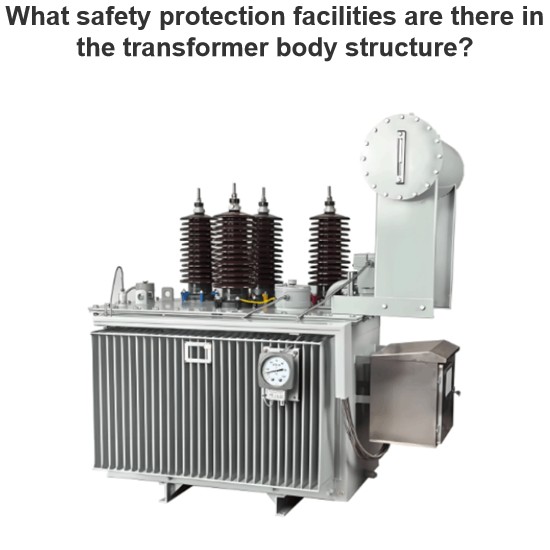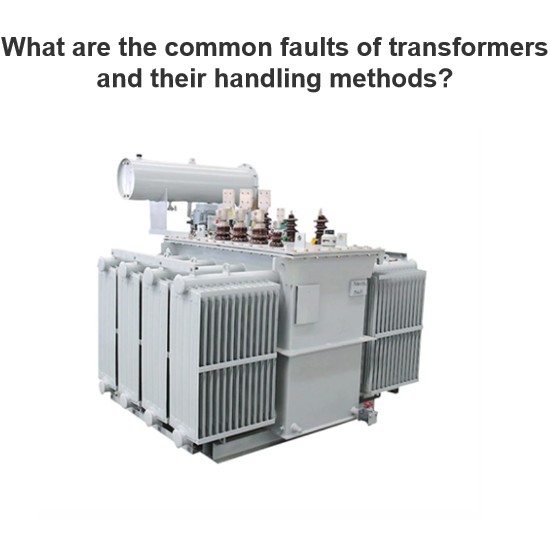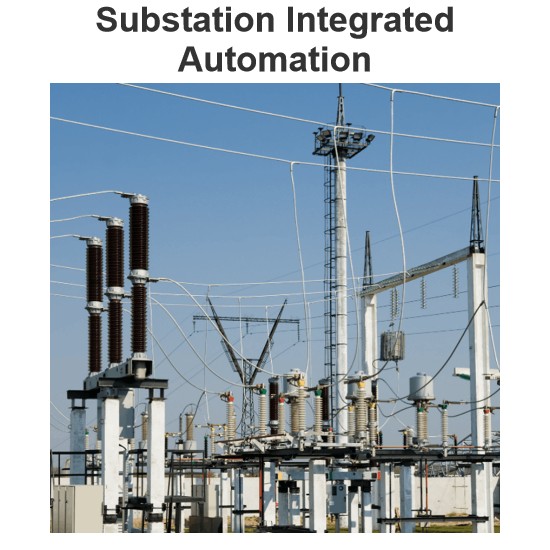What types of transformer voltage regulation are there?
Transformer voltage regulation can be achieved through on-load tap changing (OLTC) and off-load tap changing:
On-load voltage regulation allows the transformer to adjust its tap position while in operation, thereby changing the turns ratio to regulate voltage. There are two methods: line-end regulation and neutral-point regulation. Line-end regulation involves placing the tap on the line end of the high-voltage winding, whereas neutral-point regulation places the tap on the neutral end of the high-voltage winding. Neutral-point regulation reduces the insulation requirements for the tap changer, offering technical and economic advantages, but requires the transformer neutral point to be solidly grounded during operation.
Off-load voltage regulation involves changing the tap position when the transformer is de-energized or during maintenance, adjusting the turns ratio to achieve voltage regulation.
Transformer tap changers are typically located on the high-voltage side for the following reasons:
- The high-voltage winding is usually wound on the outer layer, making tap connections more accessible and easier to implement.
- The current on the high-voltage side is lower, allowing smaller conductor cross-sections for tap leads and switching components, which simplifies design and reduces the risk of poor contact.
In principle, taps can be provided on either winding, but an economic and technical evaluation is required. For example, in large 500 kV step-down transformers, taps are often placed on the 220 kV side while the 500 kV winding remains fixed.
Zhejiang Vziman Electric Group Co., Ltd. is a high-tech enterprise specializing in R&D, manufacturing, and service of power electrical equipment. Committed to innovation, quality, and customer satisfaction, it supplies smart solutions for global power sectors, covering grid construction, new energy, and industrial distribution. Core Business • Switchgear (GIS, circuit breakers, Recloser, Load break switch) • Distribution equipment (transformers, RMU, smart terminals) • Power automation systems • Engineering services (installation, maintenance, consulting) Technical Strength • Provincial R&D center, multiple patents • Modern production, ISO/GB/IEC/CE/UL certified • High capacity, large-scale delivery support Market & Vision Serves State Grid, Southern Grid, and global projects (Asia, Africa, Europe, etc.). Aims to lead in smart grids and new energy, promoting sustainable energy development.













